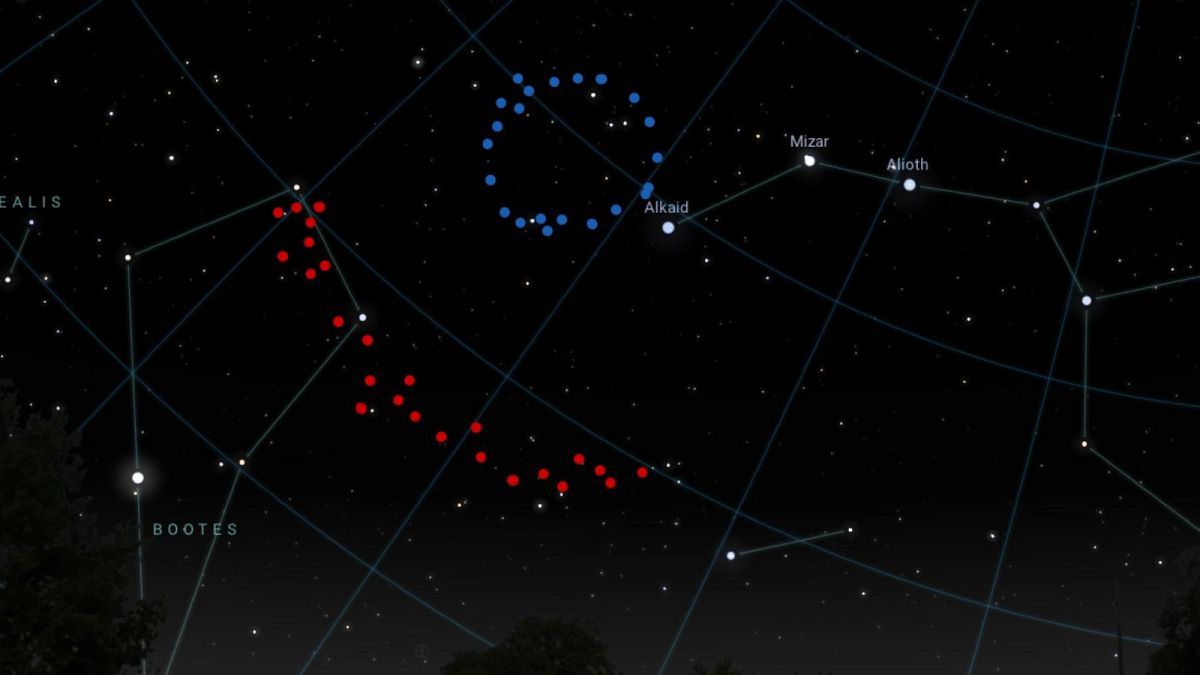The latest discovery of an ultra-large structure called the "Big Ring" adds to "mounting evidence" that challenges what we know about the universe.
Scientists have discovered an ultra-large structure in the distant universe that calls into question our understanding of the cosmos.
The newly uncovered "Big Ring on the Sky" is the second ultra-large structure identified by Alexia Lopez, a PhD student a the University of Central Lancashire PhD in the UK.
This structure is located 9.2 billion light-years away from Earth and has a diameter of 1.3 billion light-years.
It is also in the same neighbourhood as the ultra-large "Giant Arc on the Sky," which was discovered by Lopez two years ago.
"Neither of these two ultra-large structures is easy to explain in our current understanding of the universe," Lopez said in a statement.
Her findings were presented at the 243rd meeting of the American Astronomical Society on January 10.
Astronomers say it challenges the cosmological principle, which underpins our current understanding of the universe.
"The cosmological principle is a philosophical idea that goes back a very long way. It's this idea that the universe on the largest scale is more or less the same everywhere," Matt Bothwell, a public astronomer at the University of Cambridge who was not associated with the research, told Euronews Next.
"On small scales, the universe is very lumpy. There are things like stars and planets and galaxies, but the idea is if you zoom out and view the universe on the largest scales of all, it should be featureless and smooth, what we call homogenous or the same everywhere," he added.
But this latest discovery adds to "mounting evidence" that astronomers need to "rethink how the universe works," said Bothwell, as the structure is not what you would expect based on astronomers’ current assumptions about the universe.
Lopez added in a statement that cosmologists "calculate the current theoretical size limit of structures to be 1.2 billion light-years, yet both of these structures are much larger – the Giant Arc is almost three times bigger and the Big Ring’s circumference is comparable to the Giant Arc’s length".
'Cosmological neighbours'
The two structures that Lopez has found are also in the same neighbourhood, which she calls "fascinating".
They are the same distance from us, which means "they existed at the same cosmic time" and are in the same region of the sky.
This "raises the possibility that together they form an even more extraordinary cosmological system".
Lopez, along with the University of Central Lancashire's Roger Clowes, and Gerard Williger from the University of Louisville in the US, looked at data from the Sloan Digital Sky Survey (SDSS) which has telescopes in the US and Chile to make the discovery.
Other giant structures have been identified by scientists that call into question the cosmological principle, such as the Hercules–Corona Borealis Great Wall which measures 10 billion light-years across making it the largest known structure in the universe.
While Bothwell thinks it’s too early to say that the cosmological principle is wrong, it’s "really cool when you find out that an assumption that you made about the universe might turn out to be wrong".
"I think it's a very, very exciting time, and I think it's going to lead to some really interesting discoveries," he said.



